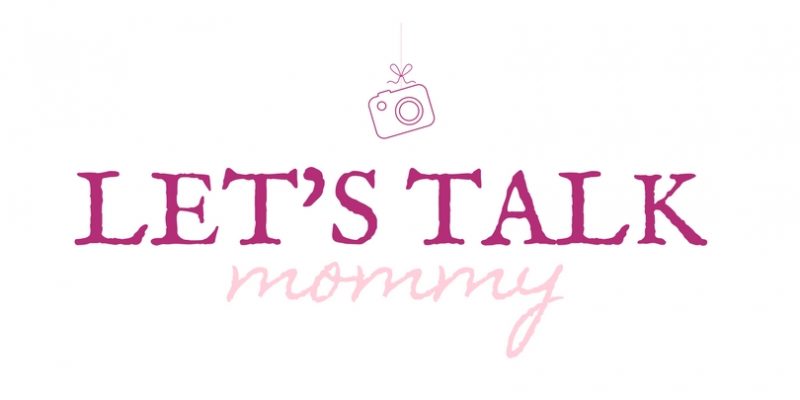
Hearings aids used to be massive and bulky devices but today, they have evolved into sleek and virtually invisible devices. Technological innovations have led to digital signal processing, allowing for clearer sound reproduction and customization to individual hearing needs. Noise cancellation features have become more sophisticated which makes it easier to discern speech in noisy environments. Connectivity options now abound, with Bluetooth capabilities allowing seamless integration with smartphones and other devices. Additionally, battery life has significantly improved, providing longer usage times for uninterrupted hearing assistance. These advancements have not only enhanced the functionality of hearing aids but have also reduced the stigma associated with wearing them, empowering individuals to embrace their hearing health with confidence and dignity.
The Best Hearing Aids of 2024
Staying updated on advancements in hearing aid technology is important so that you remain informed about new hearing aids and their advancements. New hearing aids often come with technological advancements that enhance hearing performance. These improvements can include better noise reduction algorithms, increased speech recognition capabilities, and more precise sound processing, leading to a clearer and more natural hearing experience. Different individuals have unique hearing needs and preferences. New hearing aid models often offer a wider range of options and customization features to address these diverse needs effectively. Whether you require hearing aids for mild or severe hearing loss, there are likely newer models available that can cater to your specific requirements more effectively.There is also no specific hearing aid that is the “best” in the market because different hearing aids excel in different areas so the important thing is to find the best fit for your needs. For instance, the Jabra Enhance is the best over-the-counter hearing aid but Oticon Own is the best prescription hearing aid. Similarly, the Audien is one of the least expensive at less than $200 but MDHearing has the best features on a budget.When making a choice, look for unbiased expert advice on hearing aids that includes the pros and cons of each one will go a long way in helping you make a decision.
How to Choose the Best Hearing Aid for You
Choosing the right hearing aid involves several steps to ensure it meets your specific needs and preferences. If your situation permits, work with an audiologist who can help you choose a hearing aid that effectively addresses your hearing loss and enhances your quality of life

1. Get a Hearing Evaluation
Many people opt for over-the-counter hearing aids because they believe that a visit to an audiologist won’t make much of a difference. Some people are not sure if they need a hearing test – The National Institute on Deafness and other Communication Disorders (NIDCD) has a questionnaire that you can fill to find out if you need a hearing test. If you’re not in a position to get a hearing evaluation, then it’s understandable that you would settle for an over-the-counter aid. However, if it’s possible, get a hearing evaluation as this will determine the extent and nature of your hearing loss, which in turn, will inform the type and features of the hearing aid you need.
2. Consider Your Lifestyle
Think about your daily activities and environments where you’ll be using the hearing aid most frequently. For example, if you’re frequently in noisy environments or enjoy outdoor activities, you might need a hearing aid with advanced noise reduction features and wind resistance. On the other hand, if you are a swimmer, you would need a hearing aid that is designed to be waterproof. Waterproof hearing aids are rated using an Ingress Protection (IP) code – as a swimmer, you will need a hearing aid with a high water resistance rating, such as IP68.
3. Understand the Types of Hearing Aids
There are various types of hearing aids, including behind-the-ear (BTE), in-the-ear (ITE), in-the-canal (ITC), and completely-in-the-canal (CIC). Each type has its own advantages and limitations in terms of size, visibility, and features. Don’t hesitate to try out different hearing aid models before making a decision. Many audiologists offer trial periods where you can test different devices in real-world situations. Pay attention to comfort, sound quality, and ease of use during your trials.
Living with hearing loss shouldn’t feel like a constant battle against judgement, stigma and other challenges. It’s important to remember that hearing loss doesn’t define you. Speaking up about your needs, educating others about hearing loss, and surrounding yourself with supportive people will help youovercome the stigma and create a more inclusive environment.






